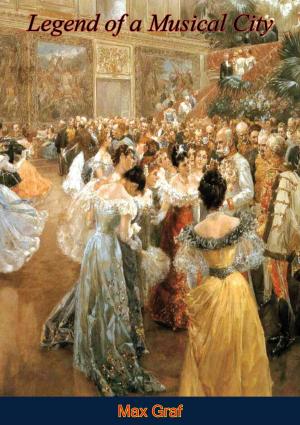Thirteen Years at the Russian Court
A Personal Record of the Last Years and Death of the Czar Nicholas II. and his Family
Nonfiction, Travel, Europe, Russia & Former Soviet Republics, History, Asian, Russia, Biography & Memoir| Author: | Pierre Gilliard | ISBN: | 9781789127683 |
| Publisher: | Borodino Books | Publication: | December 2, 2018 |
| Imprint: | Borodino Books | Language: | English |
| Author: | Pierre Gilliard |
| ISBN: | 9781789127683 |
| Publisher: | Borodino Books |
| Publication: | December 2, 2018 |
| Imprint: | Borodino Books |
| Language: | English |
Nicholas II (1868-1918) was the last Emperor of Russia, ruling from November 1, 1894 until his forced abdication on March 15, 1917. His reign saw the fall of the Russian Empire from one of the foremost great powers of the world to economic and military collapse. He was given the nickname Nicholas the Bloody or Vile Nicholas by his political adversaries due to the Khodynka Tragedy, anti-Semitic pogroms, Bloody Sunday, the violent suppression of the 1905 Russian Revolution, the execution of political opponents, and his perceived responsibility for the Russo-Japanese War (1904-1905). Soviet historians portrayed Nicholas as a weak and incompetent leader whose decisions led to military defeats and the deaths of millions.
Following author Pierre Gilliard’s return to Europe in September 1920, having been “cut off from communication with the rest of the world for many months,” he was dismayed to read of the recent publications on the subject of the Czar Nicholas II. and his family. Upon realizing that the general public appeared to have accepted the reports as gospel, his indignation grew—and he immediately set out to “rehabilitate the moral character of the Russian sovereigns.” Thirteen Years at the Russian Court, which was first published in 1921, is the result.
With 59 illustrations, including portraits.
“In this book I have endeavoured to bring Nicholas II. and his family back to life. My aim is to be absolutely impartial and to preserve complete independence of mind in describing the events of which I have been an eyewitness. It may be that in my search for truth I have presented their political enemies with new weapons against them, but I greatly hope that this book will reveal them as they really were, for it was not the glamour of their Imperial dignity which drew me to them, but their nobility of mind and the wonderful moral grandeur they displayed through all their sufferings.”—Pierre Gilliard, Introduction
Nicholas II (1868-1918) was the last Emperor of Russia, ruling from November 1, 1894 until his forced abdication on March 15, 1917. His reign saw the fall of the Russian Empire from one of the foremost great powers of the world to economic and military collapse. He was given the nickname Nicholas the Bloody or Vile Nicholas by his political adversaries due to the Khodynka Tragedy, anti-Semitic pogroms, Bloody Sunday, the violent suppression of the 1905 Russian Revolution, the execution of political opponents, and his perceived responsibility for the Russo-Japanese War (1904-1905). Soviet historians portrayed Nicholas as a weak and incompetent leader whose decisions led to military defeats and the deaths of millions.
Following author Pierre Gilliard’s return to Europe in September 1920, having been “cut off from communication with the rest of the world for many months,” he was dismayed to read of the recent publications on the subject of the Czar Nicholas II. and his family. Upon realizing that the general public appeared to have accepted the reports as gospel, his indignation grew—and he immediately set out to “rehabilitate the moral character of the Russian sovereigns.” Thirteen Years at the Russian Court, which was first published in 1921, is the result.
With 59 illustrations, including portraits.
“In this book I have endeavoured to bring Nicholas II. and his family back to life. My aim is to be absolutely impartial and to preserve complete independence of mind in describing the events of which I have been an eyewitness. It may be that in my search for truth I have presented their political enemies with new weapons against them, but I greatly hope that this book will reveal them as they really were, for it was not the glamour of their Imperial dignity which drew me to them, but their nobility of mind and the wonderful moral grandeur they displayed through all their sufferings.”—Pierre Gilliard, Introduction















